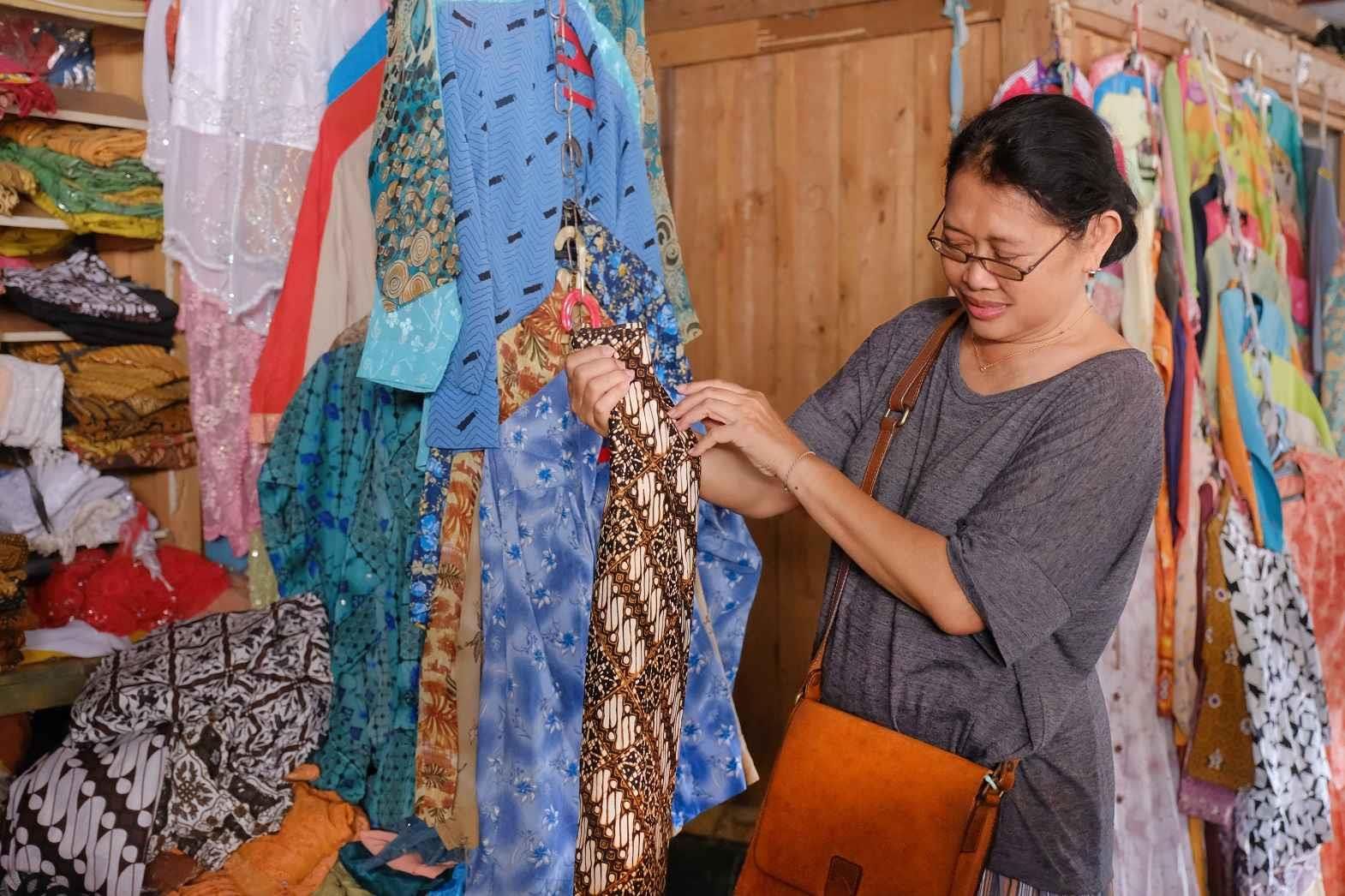The local garments industry is picking up, leading export growth in the first four months of the year. Industry leaders said that the Philippine garments industry has bigger chances of growing faster. The country, however, may not expect foreign investors to risk capital in setting up textile mills here.
Labor costs in the Philippines are getting higher every year because the government legislates higher wages. On top of this, the Philippines has a reputation for having strident unions that in the past years paralyzed garments factories that employed many thousands of workers.
Power cost in the Philippines is also one of the bigger reasons that forced the textile industry to close shop and left huge unpaid loans from the Development Bank of the Philippines.
The textile industry in the country was considered an infant. It died an infant. It was never able to produce high-quality fabrics because of excessive electricity costs.
Novelty Philippines was forced to close shop when a handful of allegedly left leaning members of the union stopped operations for almost half a year. Standard Electric, the country's largest manufacturer of electric fans, also packed up and went to China because of a prolonged strike. However, now there is a greater possibility of garments getting a better chance in the foreign market.
There is a feeling that China is slowing down on textile and garments and shifting to hi-tech industries such as iron and steel and other products still imported from the Western world. China is beginning to find labor costs for garments-and textiles getting higher. The factories have moved to the rural areas of that country.
The United States used to be China's biggest market for garments and textiles accounting for an estimated 30 per cent of total demand. The US market is getting thinner and thinner as a function of rising prices. The market in the US for the Philippine-made apparel is slowly improving.
One of the better indications that the industry in the Philippines is beginning to get back on its feet is the proliferation of garments factories in the provinces including the Bicol region. In Lipa city, a smart woman who was a cop started a garments factory with workers in San Pedro, Laguna, less than 10 years ago. She went back to her barangay and set up at least three factories that employ several thousand people, mostly women who are paid by the piece completed into garments.
The woman got a huge annually renewed contract form one of the largest exporters of jeans.
One large factory owner explained that some arrangements have been made where garments operator in the Philippines sourced the textiles from the US on condition that after the materials are converted into wearing apparel, they will be re-exported to the US on a lower tariff.
This happens pending the approval by US Congress of a proposal that garments made in the Philippines from US-made textiles will enter that country tariff free.
At present, tariff rates for textiles and garments in the US are covered by the Multi-Fiber Agreement entered into on a bilateral basis.
The garments operators pointed out that huge investments for textile and garment factories are pouring into Vietnam, Cambodia and Laos, where labor costs are remarkably lower than in China and labor is not strident.
China's textile industry prospered almost vertically due to low labor costs of as little as $2 a day. As the country prospered, labor began to demand higher pay.
The little new investments in textiles and garments in that country are now located in remote areas of China.
This article was originally published in the "New Cloth Market", June, 2012.








Comments